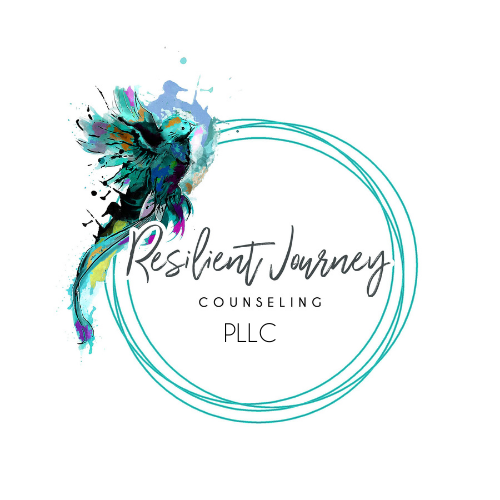You’re in shock. You’re denying what just took place. You think, maybe I am just overreacting? Maybe I’m not being reasonable. You might even blame yourself depending on the situation. The fact of the matter is, you are experiencing trauma, and it is very real. The American Psychological Association defines trauma as an emotional response to a terrible event like an accident, rape or natural disaster. But how do we identify it and what are the signs? Keep reading to learn how to identify trauma and recognize the signs.
There are several types of trauma – Natural, Individual, Group, Community, and Mass. According to The SAMHSA-HRSA Center for Integrated Health Solutions, “Individual trauma results from an event, series of events, or set of circumstances experienced by an individual as physically or emotionally harmful or life-threatening with lasting adverse effects on the individual’s functioning and mental, physical, social, emotional, or spiritual well-being.” Regardless the type of trauma, it is normal to experience feelings such as shock and denial, and even physical symptoms like nausea, headaches, and vomiting. You should be able to recognize indicators of emotional & verbal abuse when they start occurring. There can also be long-term effects, such as flashbacks, unpredictable emotions, and strained relationships. Trauma can leave you feeling stuck or trapped. It can make you feel unable to return to a normal life. But there is hope.
Seeking help after a traumatic experience is important to your long-term health. Know that recovery from trauma is possible! A licensed professional will know healthy ways to combat the symptoms and get you on the road to recovery. There are also support groups you can join, there is power in numbers. Whichever route you and your doctor or counselor choose, remember, you are a survivor!
Check out our Helpful Resources too!
– Resilient Journey Counseling –


